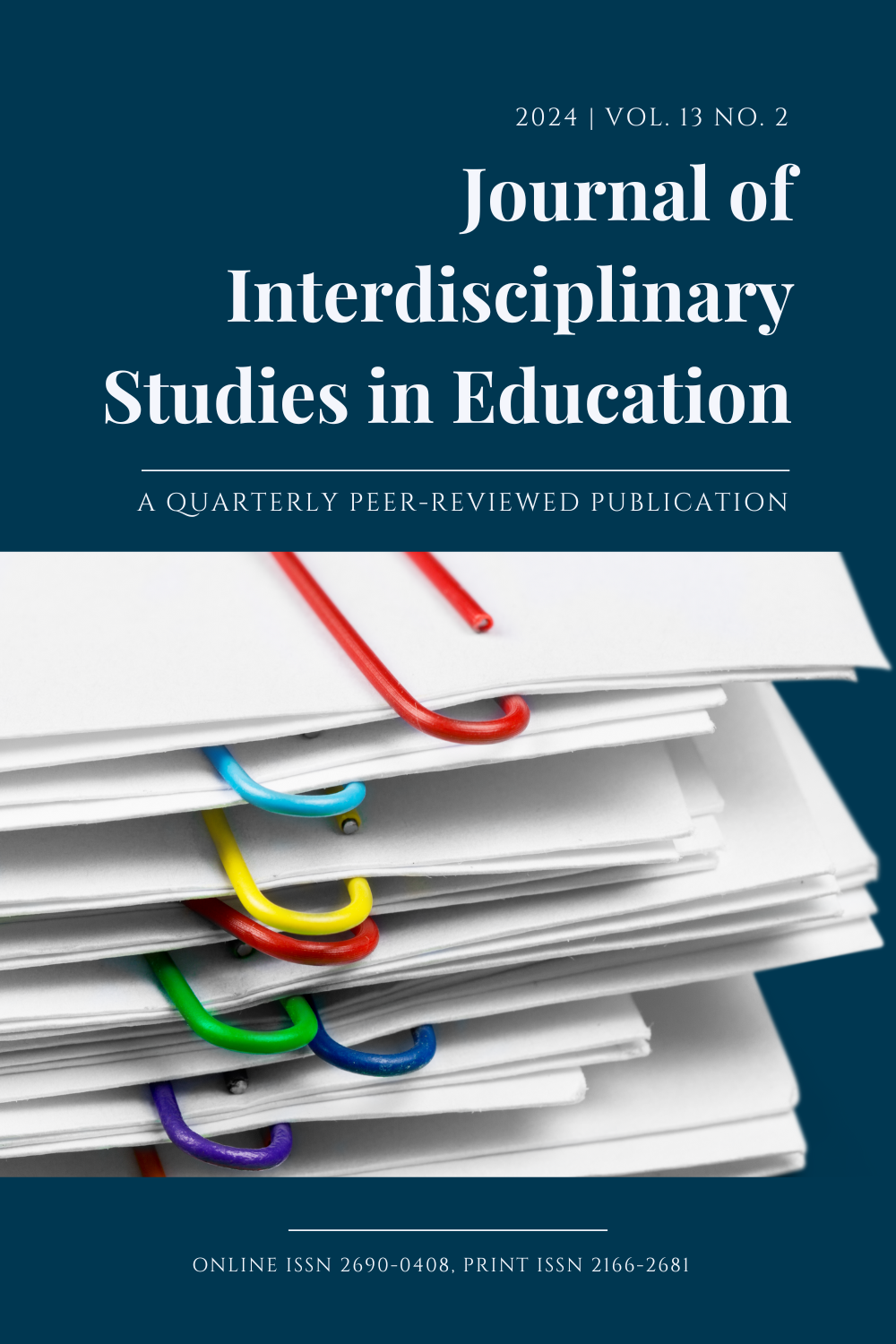Military staff study as a tool for language policy design
A case of establishing the RTN’s English tests
DOI:
https://doi.org/10.32674/7bg99p67Keywords:
staff study, decision-making tool, language testing, language policy designAbstract
A staff study (SS) is an administrative tool used for decision making which involves data gathering and analysis to determine the proper resolution to an issue. SS is also used in the areas of the military which are mostly assigned with classified information; as a result, resources regarding staff studies are still restricted or available in limited amounts. Furthermore, SS is rational and applicable in interdisciplinary academic fields; especially, in an area of policy design. This article proposes the value of such a study in education policy making through its application in the specific investigation of English testing development in the Royal Thai Navy (RTN). It articulated that a SS shares similar purpose to applied research in language education; yet, it is more focused on applying knowledge to problem solutions and circumstances. Though SS does not prepare to build or extend knowledge and expertise, its principle enacts a logical model guiding all existing context variables into the study. Thus, it can provide a thinking springboard for solving problems in language education. Finally, it can create a possible innovative way to deal with unique problems while further experimental process with the data analysis can justify research in language education.
Downloads
References
DLIELC. (2022). FY23 Defense English language program catalog and security cooperation handbook. https://www.dlielc.edu/prod/Catalog.pdf
Dudley-Evans, T., & St John, M. J. (1998). Developments in English for Specific Purposes: A multi-disciplinary approach. Cambridge University Press.
ETS. (2022). Educational Testing Service. ETS-Measuring the Power of Learning: https://www.ets.org/toeic
EF. (2023, May 29). EF Education First. EF English Proficiency Index: https://www.ef. co.th/epi/about-epi/#test-takers
Fraenkel, J. R., & Wallen, N. E. (1993). How to design and evaluate research in education. McGraw - Hill.
Gollin-Kies, S., Hall, D. R., & Moore, S. (2015). Language for Specific Purposes. Palgrave Macmillan.
Hayes, D. (2014). The value of learning English in Thailand and its impact on Thai: perspectives from university students. Asia Pacific Journal of Education, 36(1), 73-91.
Hughes, A. (2011). Testing for language teachers. Cambridge University Press.
Jarayapun, J. (2021, September). CEFR กับการสร้างข้อสอบต้นแบบ NEPT (Royal Thai Navy English Proficiency Test Prototype). นาวิกศาสตร์, p. 39. https://online.anyflip.com /tgghy/krqy/mobile/
Jarayapun, J. (2022). Guidelines for developing the Royal Thai Navy Personnel for interdisciplinary English proficiency under 20-year master plan for naval personnel development FY 2017-2036 (แนวทางการพัฒนาภาษาอังกฤษเพื่อการปฏิบัติงานตามสาขาวิชาชีพเฉพาะด้านสำหรับรองรับแผนแม่บทการพัฒนาระบบการบริหารและพัฒนากำลังพลระยะ ๒๐ ปี ๒๕๖๐ -๒๕๗๙). Bangkok.
Menken, K. (2008). English learners left behind: Standardized testing as language policy (Bilingual education & Bilingualism) . Multilingual Matters.
Mills, G. E., & Gay, L.R. (2016). Educational research: Competencies for analysis and application. Pearson Education Limited .
Naval Education Department. (2015). เอกสารอ้างอิงของกองทัพเรือ หมายเลข 8302. อทร. ๘๓๐๒ การพิจารณาของ ฝ่ายอานวยการ [Royal Thai Navy Reference No.8302]. กรมยุทธศึกษาทหารเรือ.
Naval Personnel Department. (2019, April 26). ขออนุมัติปรับปรุงแบบประเมินผลการปฏิบัติงานของกำลังพล ทร. Naval Personnel Department. http://www.person.navy.mi.th/hrm/upload/Approve EvaluateNavy62.pdf
Naval Education Department. (2016). How to write a staff study [PowerPoint slides]. Institute of Advanced Naval Studies.
Paltridge, B., & Starfield, S. (2013). The handbook of English for Specific Purposes. Wiley-Blackwell.
RTN. (2017). แผนแม่บทการบริหารทรัพยากรบุคคลกองทัพเรือ พ.ศ.2560 - 2579. Royal Thai Navy Publisher.
Additional Files
Published
Issue
Section
License
Copyright (c) 2024 Jitpicha Jarayapun

This work is licensed under a Creative Commons Attribution-NonCommercial-NoDerivatives 4.0 International License.







